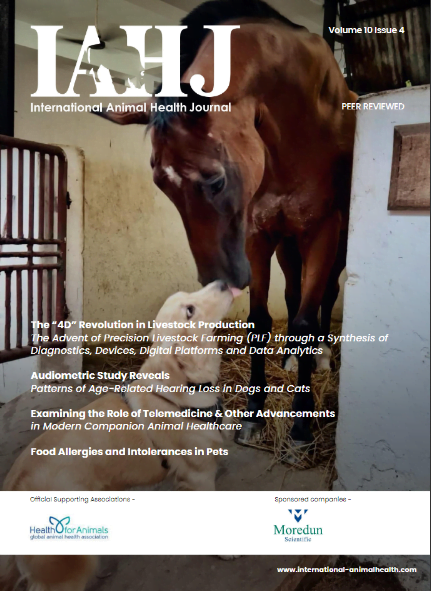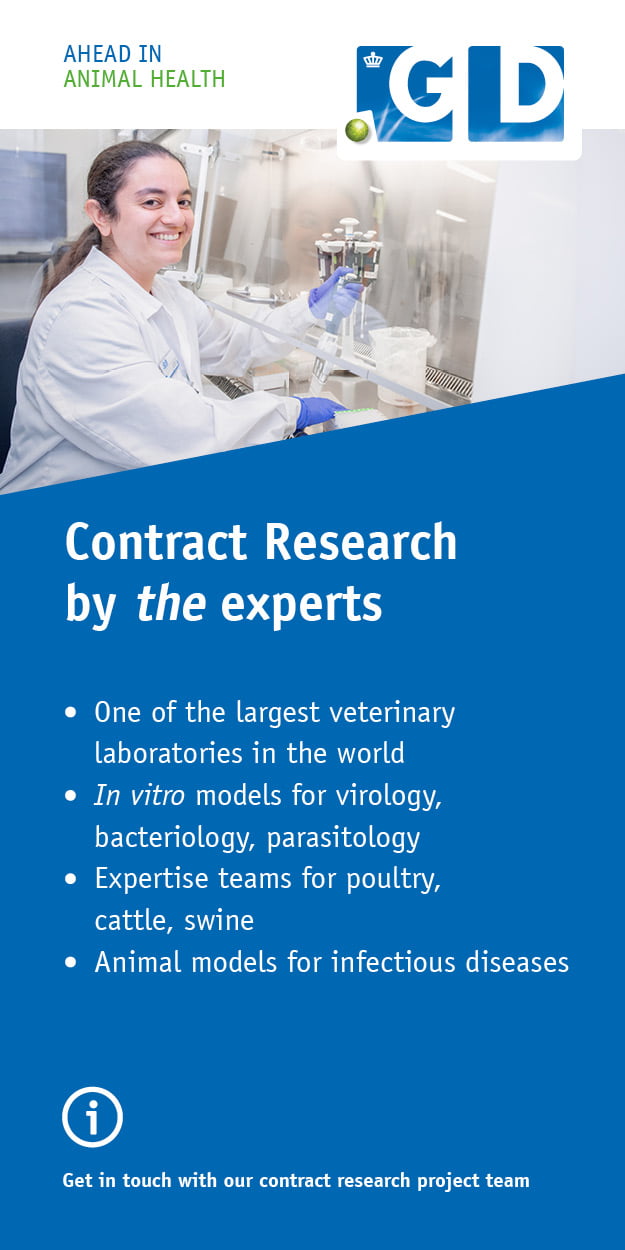
Pet hospital chain VCA ($WOOF) was having a bang-up year until now, repeatedly boosting its revenue and earnings guidance, and deploying its ample cash towards buying up clinics all over the country. But on October 27, the company’s third-quarter earnings release hinted at a slowdown in growth, missing analysts’ estimates.
“We’re having probably one of our best years ever,” insisted CEO Bob Antin during a conference call with analysts after the report, pointing to growth in almost all areas and margin improvement. Clearly the Street didn’t agree, though: VCA’s shares, which had been up about 20% for the year, fell more than 4% to $63.20.
VCA’s third-quarter sales came in at $656.9 million, and its net income was $58.2 million (71 cents per share). Analysts had been expecting revenues of $666.9 million and EPS of 81 cents, according to Zacks.
During the earnings call, analysts hammered Antin and his team with questions about a notable deceleration in same-store sales. Although hospital revenues were up 25%, same-store growth was just 5.4%, the company said. That marked a slowdown over previous quarters. “I think the days of 7.5% same-store sales growth at the hospitals seem to be in a rear view mirror,” griped one analyst.
Antin said he’s not worried, and he expects VCA’s clinics to continue to grow in the mid-single-digit range. “We have no reason to believe that it’s changing materially,” he said of same-store sales trends. “So we still see a very, very positive attitude on the part of the consumers.”
VCA has been working to foster loyalty among the pet owners who visit its clinics, launching a wellness program called CareClub in 2014 and a suite of new technology offerings that allow customers to connect with veterinarians in between visits. But during the earnings call, Antin acknowledged that VCA is facing tough competition, particularly from Banfield, the chain of hospital clinics housed by retailing giant PetSmart. “I think clearly Banfield is the leader in wellness. They pioneered it; they proved it; they perfected it,” Antin said. “They have over 2 million visits. We have a lot to learn from it.”
Antin also admitted VCA has been dealing with labor pressures. The company is not only competing for talented veterinarians, he said, but it’s also facing new rules from the U.S. Department of Labor that will extend overtime pay in the white-collar sector starting next year. “I think it will have an impact on us,” Antin said, adding that he’s not yet sure how material the rule change will prove to be for VCA. The government, he noted, “seems to want to pressure labor more and more and more.”
Still, VCA has plenty of capital that it intends to deploy towards building its geographic footprint, Antin said. In May, the company added 56 hospitals with its purchase of Companion Animal Practices, North America (CAPNA). During the third quarter, VCA picked up 12 hospitals with total annual revenues of $38 million.
When asked during the earnings call what VCA’s expansion strategy would be through 2017, Antin said to look for a mix of M&A and organic growth. He pointed to two hospitals VCA opened in California during the quarter, one of which was a 25,000 square-foot-remodel of an existing animal specialty hospital. The redesign added “tremendous amounts of different specialties and capabilities,” Antin said. A strategy of acquiring new hospitals and improving old ones, he added, “will give us the platform to grow within communities.”
Source: http://www.fiercepharma.com
High-flying VCA misses Q3 forecasts as analysts question slowing growth
Animal Health Media © 2024, All Rights Reserved – Powered by Teksyte











